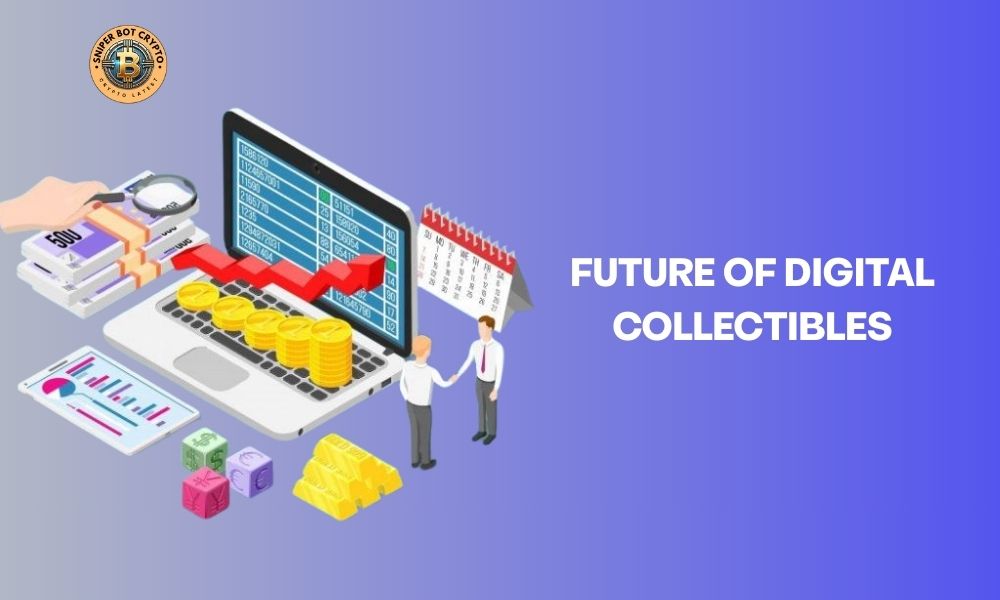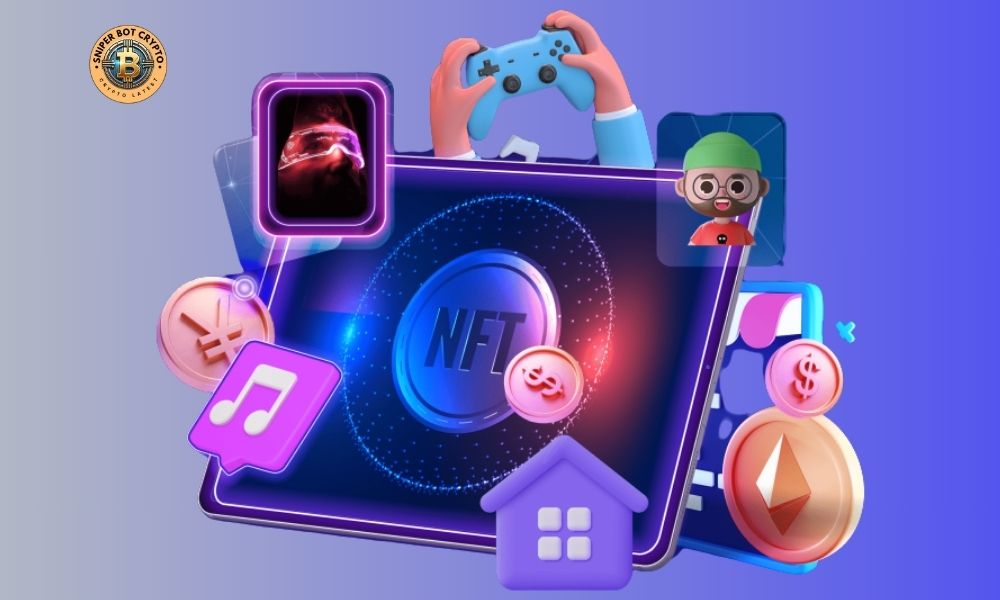The future of digital collectibles is an exciting and rapidly evolving space, driven by advancements in blockchain technology and the growing popularity of NFTs. As digital ownership becomes more mainstream, the opportunities for collectors and investors are vast, offering new ways to engage with art, gaming, and entertainment. However, with these opportunities come challenges, including market volatility and concerns about sustainability. In this article, we’ll explore the trends shaping the future of digital collectibles, the potential they hold, and the hurdles that may arise along the way.
Contents
Future of digital collectibles: The blockchain & NFT boom

At the heart of the future of digital collectibles is blockchain technology, ensuring authenticity, transparency, and ownership that cannot be forged. NFTs (Non-fungible Tokens) have ushered in a new era for digital art, music, in game items, virtual real estate, and many other sectors. High profile deals, like Beeple selling a digital artwork for $69 million or CryptoPunks trading for over $11 million, have proven the immense appeal of this market. This surge in value and attention highlights the growing importance of digital collectibles as a legitimate asset class.
Artists, musicians, athletes, and major brands are increasingly leveraging NFTs to connect with their audiences, create new revenue streams, and build loyal communities. NFTs provide a direct way for creators to monetize their work while offering consumers exclusive ownership of unique digital assets. This shift represents a significant change in how artists and fans interact, fostering deeper engagement and new possibilities for collaboration. Furthermore, the ability to offer limited edition content has further fueled the desire for digital ownership in various creative fields.
The rise of NFT trading platforms like OpenSea, Rarible, and Magic Eden has made it easier, more transparent, and accessible for users to buy and sell digital collectibles on a global scale. These platforms provide a marketplace where buyers and sellers can confidently engage in transactions, knowing the blockchain guarantees the validity and provenance of each item. As the industry matures, the accessibility and liquidity of digital collectibles will continue to grow, attracting more participants from diverse industries and expanding the market’s potential even furthe
Future of digital collectibles: Development trends & predictions until 2030
The future of digital collectibles is set for robust growth, with an expected CAGR of around 15% from 2022 to 2028, reaching a market size in the hundreds of billions of dollars. One major trend is the rise of utility NFTs, which go beyond simple collectibles and offer real world benefits. These NFTs provide access to events, in game assets, or community membership cards, making them more than just digital artifacts. As utility NFTs become more prevalent, they are expected to reshape the value and functionality of digital ownership.
Another significant development is the increasing multi-platform integration of NFTs. While Ethereum currently leads the space, other blockchains like Bitcoin (Ordinals), Solana, and Polygon are quickly gaining ground. This expansion increases the accessibility, interactivity, and liquidity of NFTs, allowing users to explore and trade assets across a wider variety of platforms. With greater blockchain diversity, the NFT ecosystem will be more interconnected, fostering increased collaboration and cross-platform engagement.
In addition, NFTs are finding major applications in the metaverse and gaming. As virtual worlds like Sandbox, Decentraland, and Otherside gain popularity, NFTs are becoming digital assets that represent ownership in these virtual environments. Blockchain-based games are also adopting NFTs as integral in game assets, offering users new experiences and investment opportunities. This intersection of digital collectibles and virtual worlds is poised to create immersive, interactive spaces where NFTs hold tangible value and offer a unique sense of ownership.
Future of digital collectibles: Challenges & opportunities

The future of digital collectibles comes with both exciting opportunities and notable challenges. One major hurdle is the significant price volatility seen in the NFT market. With sharp rises and falls, investors need a solid strategy and in depth knowledge to navigate these swings effectively. Additionally, legal issues remain a concern as countries work to establish frameworks for NFTs. These regulations could affect the rights of both investors and creators, adding an extra layer of complexity to the market.
On the other hand, the opportunities in the digital collectibles space are vast. As technology advances, NFTs offer new ways for artists, developers, and gamers to create unique products without intermediaries. The long term investment potential is also significant, as high quality NFTs, backed by strong communities and real world applications, may increase in value over time. Furthermore, NFTs are beginning to integrate into various sectors, such as education, healthcare, and real estate, opening up enormous markets with diverse use cases. However, environmental concerns regarding energy consumption by some blockchain networks could remain an issue as the industry grows.
Investment tips for the future of digital collectibles
When investing in digital collectibles, it’s important to carefully select projects that have real world utility and strong community backing. Focus on NFTs that are tied to reputable development teams and have a clear use case. These elements are crucial for ensuring that the collectibles retain long-term value and aren’t driven solely by speculation. Additionally, staying updated with trends in the space is key. By following major projects, notable brands, and new tech events, you can position yourself to seize early investment opportunities before they become mainstream.
Another key strategy is diversification. A well-rounded portfolio that includes various types of NFTs, such as art, gaming assets, metaverse projects, and brand collaborations, helps reduce risk while maximizing potential returns. Each sector brings unique growth opportunities, allowing investors to benefit from multiple trends in the future of digital collectibles. Finally, be aware of the legal landscape surrounding NFTs. It’s essential to research your country’s regulations on NFTs to avoid any legal complications that could impact your investments.
In conclusion, the future of digital collectibles is not just a passing trend but a revolution in ownership, creativity, and investment in the digital age. With the advancement of blockchain technology, the involvement of major brands and the rise of a youthful collector community, this market promises to continue booming and unlocking countless opportunities for investors. At Sniper Bot Crypto, we are providing you with the latest insights and tools to help you capitalize on the incredible potential of digital collectibles.
